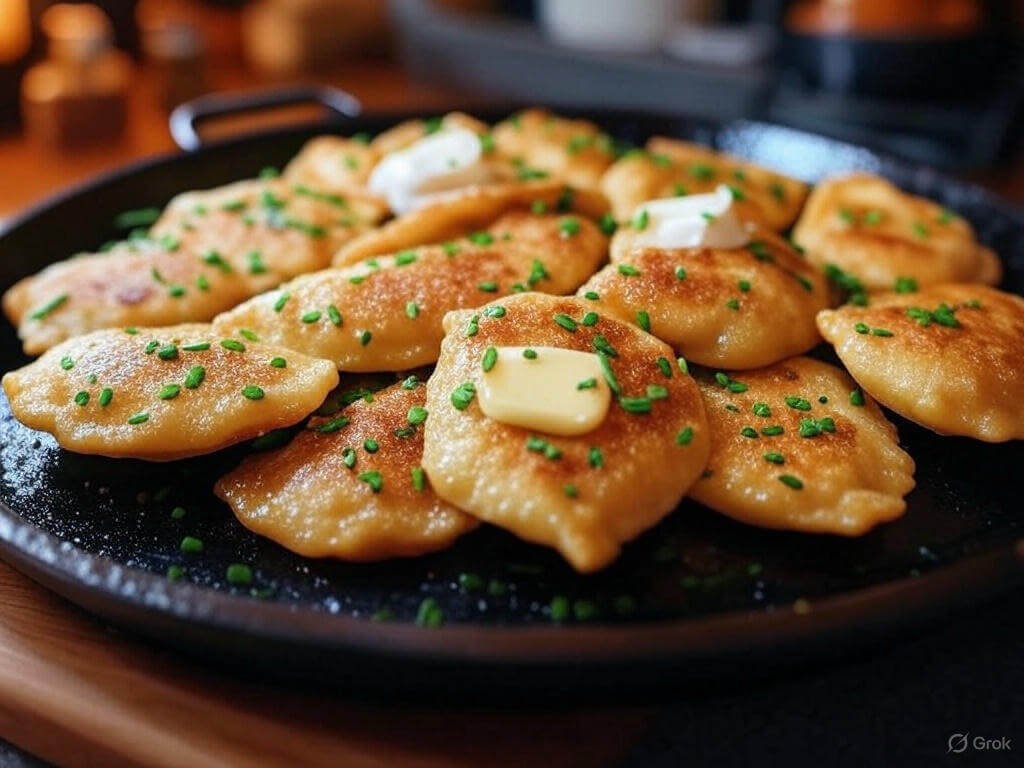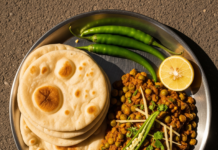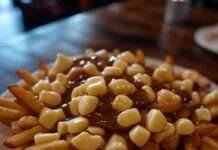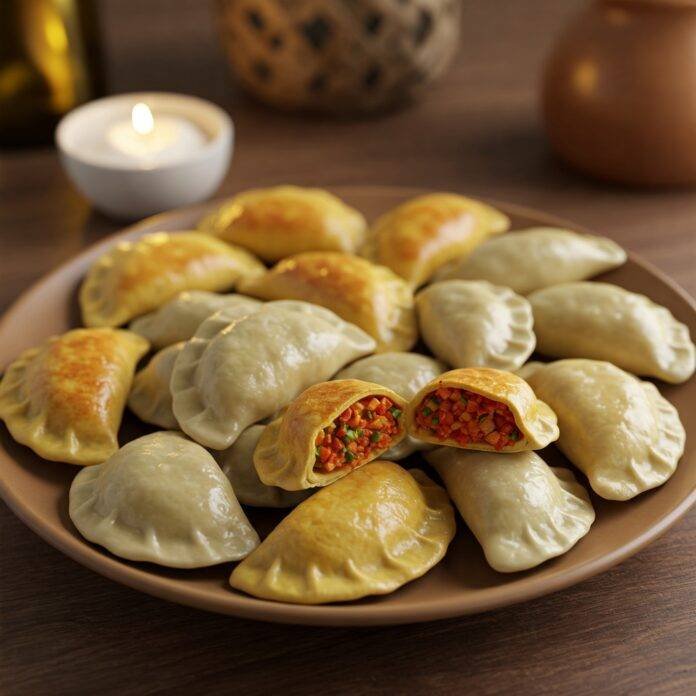Why Pierogi Perfection Is Worth the Effort
Achieving pierogi perfection means mastering a dish that’s steeped in tradition and loved worldwide. According to a 2024 global cuisine report by Food & Wine, Eastern European dishes like pierogi are gaining popularity for their comforting flavors and versatility. Whether filled with potatoes, cheese, or fruit, pierogi are ideal for:
- Family dinners: A hearty meal that brings everyone together.
- Holiday feasts: A traditional addition to Christmas or Easter tables.
- Meal prep: Make a batch and freeze for quick weeknight meals.
Ingredients for Pierogi Perfection
- Pierogi Dough:
- 3 cups all-purpose flour
- 1 tsp salt
- 1 large egg
- 1 cup warm water
- 2 tbsp vegetable oil
- Potato-Cheese Filling (Savory):
- 2 cups mashed potatoes
- 1 cup shredded cheddar cheese
- 1 small onion, finely chopped and sautéed
- Salt and pepper to taste
- Blueberry Filling (Sweet):
- 1 1/2 cups fresh or frozen blueberries
- 1/4 cup sugar
- 1 tsp cornstarch
Pro Tip: Use high-quality flour like King Arthur All-Purpose Flour for a tender, workable dough.
Step-by-Step Recipe for Pierogi Perfection
Make the Pierogi Dough

- In a large bowl, combine flour and salt.
- Whisk together egg, water, and oil in a separate bowl.
- Gradually add wet ingredients to the flour, mixing until a soft dough forms.
- Knead on a floured surface for 5 minutes until smooth.
- Cover and let rest for 30 minutes.
Prepare the Fillings
- Savory Filling: Mix mashed potatoes, cheddar cheese, sautéed onions, salt, and pepper in a bowl.
- Sweet Filling: Combine blueberries, sugar, and cornstarch in a bowl.
- Set fillings aside while you roll out the dough.
Shape and Fill
- Roll out the dough to 1/8-inch thickness on a floured surface.
- Cut out 3-inch circles using a round cutter or glass.
- Place 1 tbsp of filling in the center of each circle.
- Fold the dough over to form a half-moon, pressing edges to seal tightly.
- Crimp edges with a fork for a decorative touch.
Cook
- Bring a large pot of salted water to a boil.
- Add pierogi in batches, cooking for 3–5 minutes until they float to the surface.
- Remove with a slotted spoon and drain.
- Optionally, pan-fry in butter until golden brown for extra flavor.

Tips for Pierogi Perfection
- Seal tightly: Prevent leaks by pressing out air when sealing the dough.
- Freeze extras: Place uncooked pierogi on a baking sheet to freeze, then transfer to a freezer bag for up to 3 months.
- Experiment with fillings: Try mushrooms, sauerkraut, or cherries for variety.
For more Polish cooking inspiration, check out The Spruce Eats’ Polish Recipes.


















